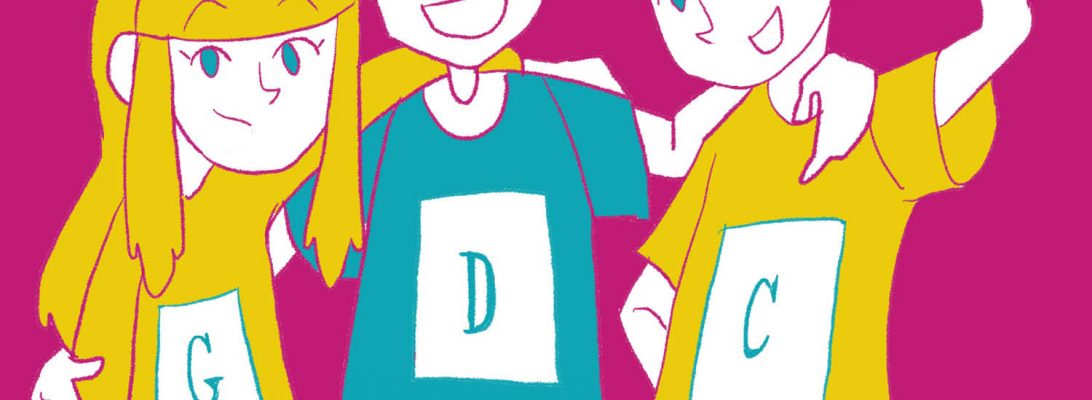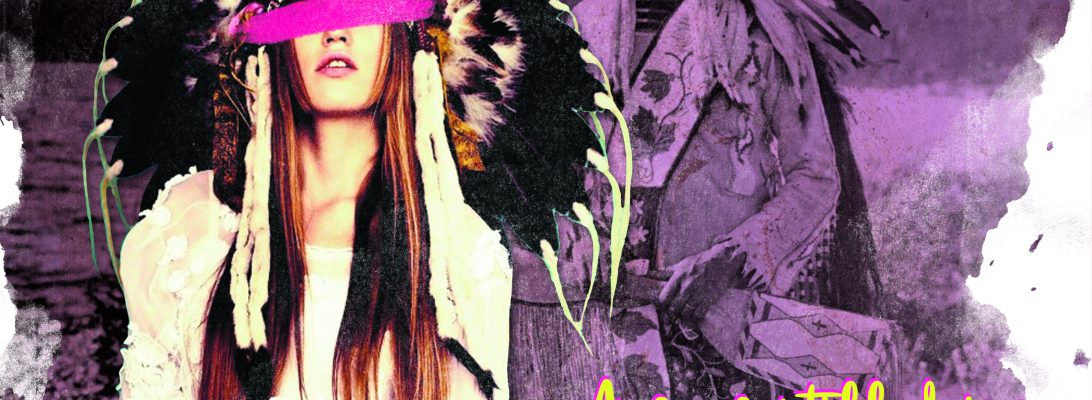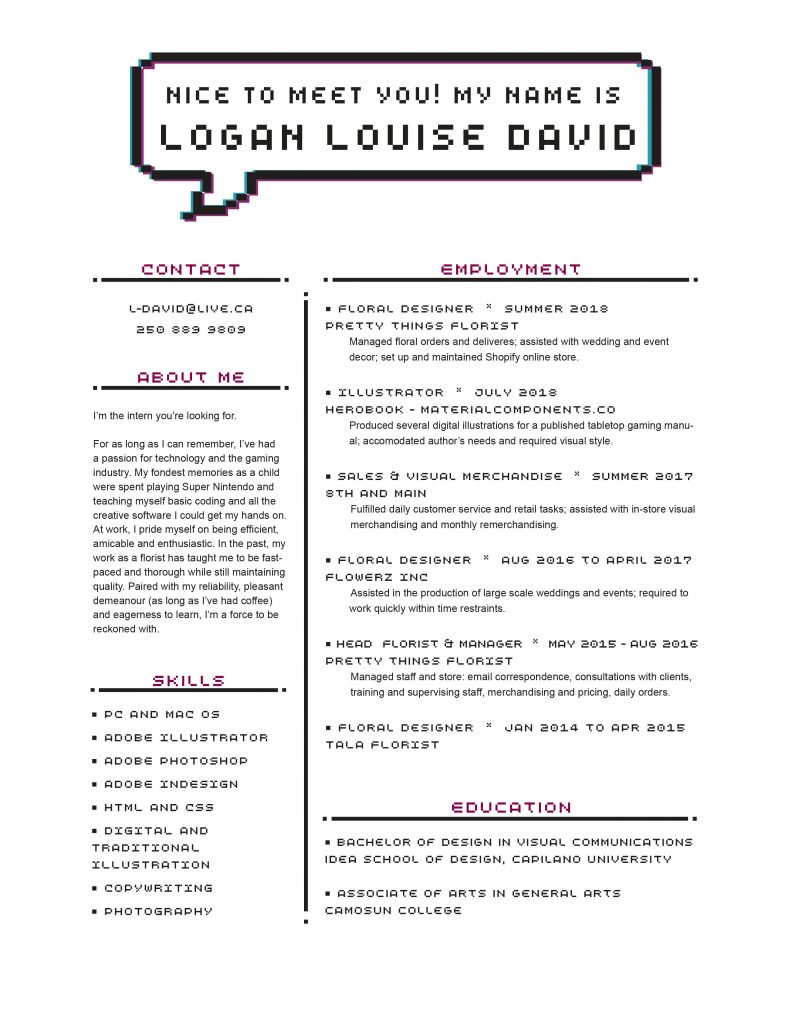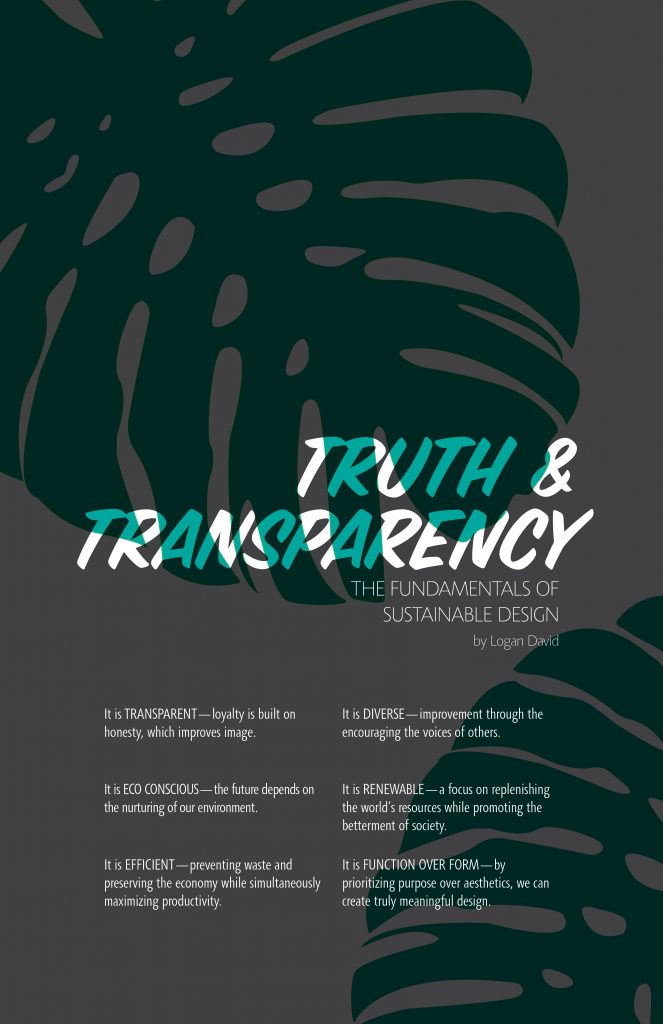For this assignment, we were tasked with providing the GDC with a means of attracting more students to their organization. As it stands, the GDC has much to offer for students, but it seems that students and young adults aren’t aware of the GDC and their resources or they simply don’t care. Our group chose to solve this issue with a guerrilla campaign that would not only educate students about the GDC, but create a fun and memorable experience that could be looked forward to.
Our group proposed the idea of a GDC “spirit week” that could take place twice per semester as a means of informing students about recent GDC and design news. In order to make the experience more memorable, games would be played during breaks in between GDC lectures and talks. The games would be alternate versions of ones that already exist, but themed so that they can incorporate design themes and terms. Because the games are based on preexisting ones, they’re easily played without any complicated rules. Students can win prizes for winning and participating in these games, and the student ambassador could also collect the student’s names and enter them in a draw for a chance to win a grand prize.
Because this event celebrates design fundamentals, we decided to go with a “flashback” theme. Our moodboard was inspired by 80s and 90s retro design; the look of the event is fun, retro and energetic. Social media posts will be designed in this style to create a consistent feel leading up to the event. The games themselves will be appropriate for classroom participation and will be quick, easy and won’t interrupt class time. The GDC classroom ambassador would be responsible for gathering and distributing the appropriate materials (games are available as simple PDF print-outs).
We decided on games because they’re a fun, interactive and engaging way of making the GDC more memorable and present within classrooms. Rather than just having lectures and info sessions, games and a bigger social media presence would benefit the GDC and help them better connect with students. The aesthetic we chose is trendy and fun, but it doesn’t take itself too seriously, which makes the GDC seem more approachable to students.
Our group collaborated very well and we all had valuable input. We had regular check-ins and made sure to have everything done on time so that we weren’t holding each other back. Overall, I am pleased with the amount and quality of work that we were able to accomplish as a group and we had a lot of fun doing this project! In terms of group cooperation and distribution of work, I’d happily give our group a 10/10!
In terms of my own personal work on the assignment, I contributed to the ideation, game creation and copywriting for the project and final presentation. I feel like the work was evenly distributed and we all finished it in a timely manner with very few hiccups in between.



